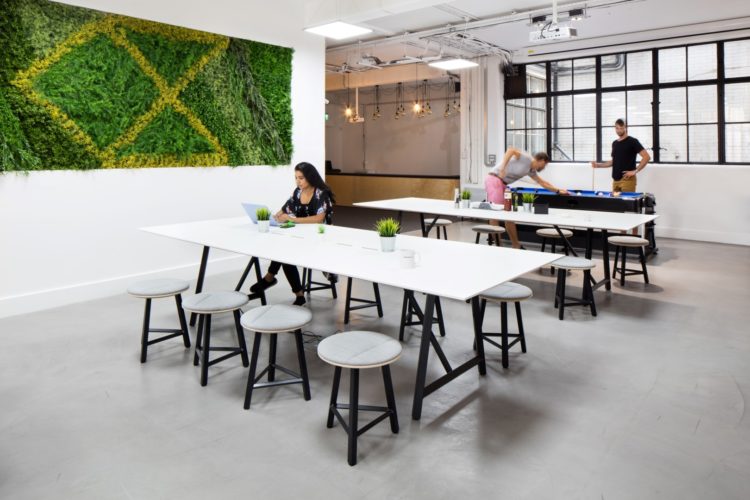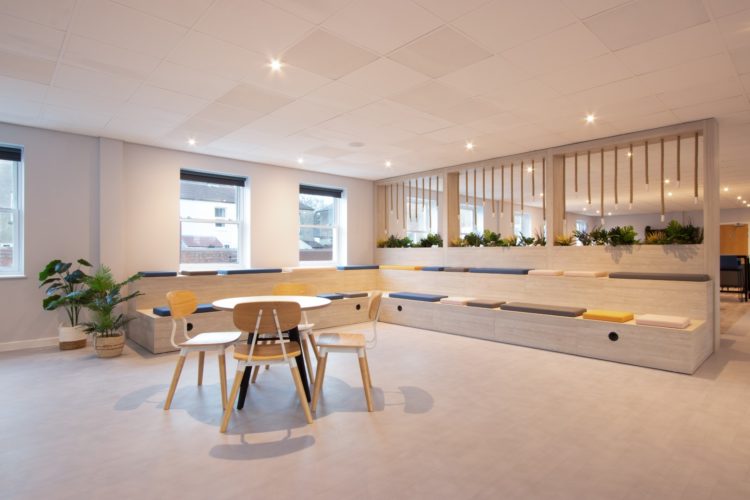Deep work isn’t just about working alone. For some businesses and institutions, collaborative deep work is integral to their success, particularly in academic and creative circles that require a “back-and-forth” flow of ideas.
In Deep Work, Cal Newport uses the working relationship between experimentalist Walter Brattain and quantum theorist John Bardeen as an example. Working together in a small lab, the distraction-free environment helped to “push innovation”, resulting in a series of breakthroughs that led to the first working sold-state transistor.
The question that some will be asking is, “why can’t collaboration take part in the open?” It can, of course, with Newport using Facebook’s first office as an example of a space that was specifically designed for “serendipitous encounters”. The problem, however, is that if employees are always out in the open, they are open to interruptions and distractions.
For a true state of collaborative deep work, it’s best to create a dedicated space where two or more employees can share new ideas. This could be an abovementioned pod or a meeting room with a digital booking system and collaborative office furniture. For the latter, don’t forget to introduce a whiteboard for the ultimate “whiteboard effect”.
For a cool idea, check out the flippable table/whiteboard hybrid in our recent blog: Clerkenwell Design Week 2022 Trends and Highlights
 https://www.rapinteriors.co.uk/wp-content/uploads/2022/06/Platform-auditorium-seating-by-Connection-at-Clerkenwell-Design-Week-2022-750x500.jpg
Platform auditorium seating by Connection at Clerkenwell Design Week 2022
https://www.rapinteriors.co.uk/wp-content/uploads/2022/06/Platform-auditorium-seating-by-Connection-at-Clerkenwell-Design-Week-2022-750x500.jpg
Platform auditorium seating by Connection at Clerkenwell Design Week 2022












